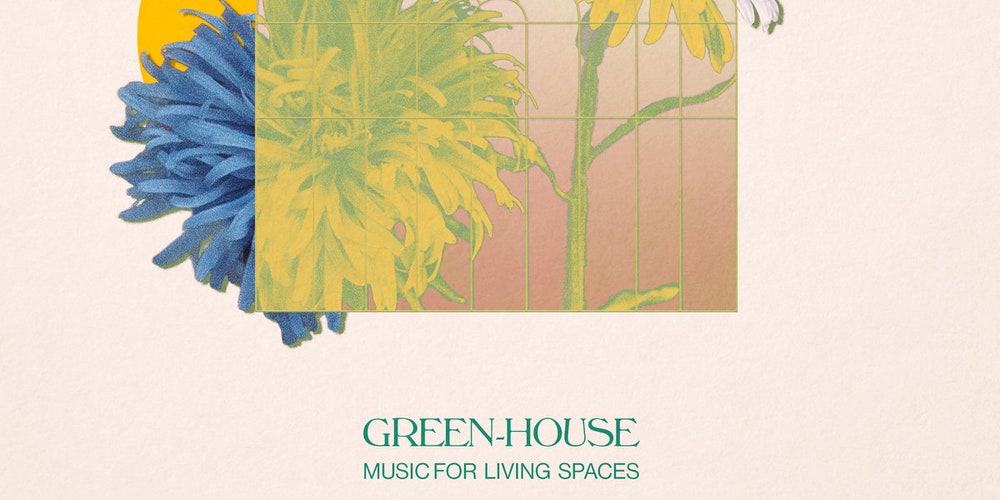Ardizoni similarly followed Stevie Wonder’s mesmerizing 1979 score Journey Through the Secret Life of Plants in mapping the behaviors of flora onto synthesized compositions, trying to imagine what kind of musical patterns plants might like to hear—or, conversely, what kind of rhythms and melodies might induce in people the opportunity to empathize somatically with their still, unspeaking neighbors.
Songs like “Royal Fern,” “Nocturnal Bloom,” and “Sunflower Dance” imbue their subjects with a sense of animist agency, using melody as a vehicle for imagining the interiority of an organism without a central nervous system.
This album furthers the palette and techniques of Six Songs, relying largely on the pearly tones of simple synthesis: pure sine waves; simulated horns and woodwinds that make no bid for realism; the compressed peal of a xylophone dreamed up inside a computer, untethered from mallet or key.
Close to the end of the album, they introduce their singing voice into the mix for the first time on a Green-House project, and the music suddenly blooms. Like their synthesizers, their voice suspends melody with a gentle, oblique touch.
Green-House’s music invites you to consider yourself not as an isolated subject clawing against an antagonistic world, but as an organism among organisms, a locus of growth and becoming, unweighted by directive beyond the urge to keep living.
